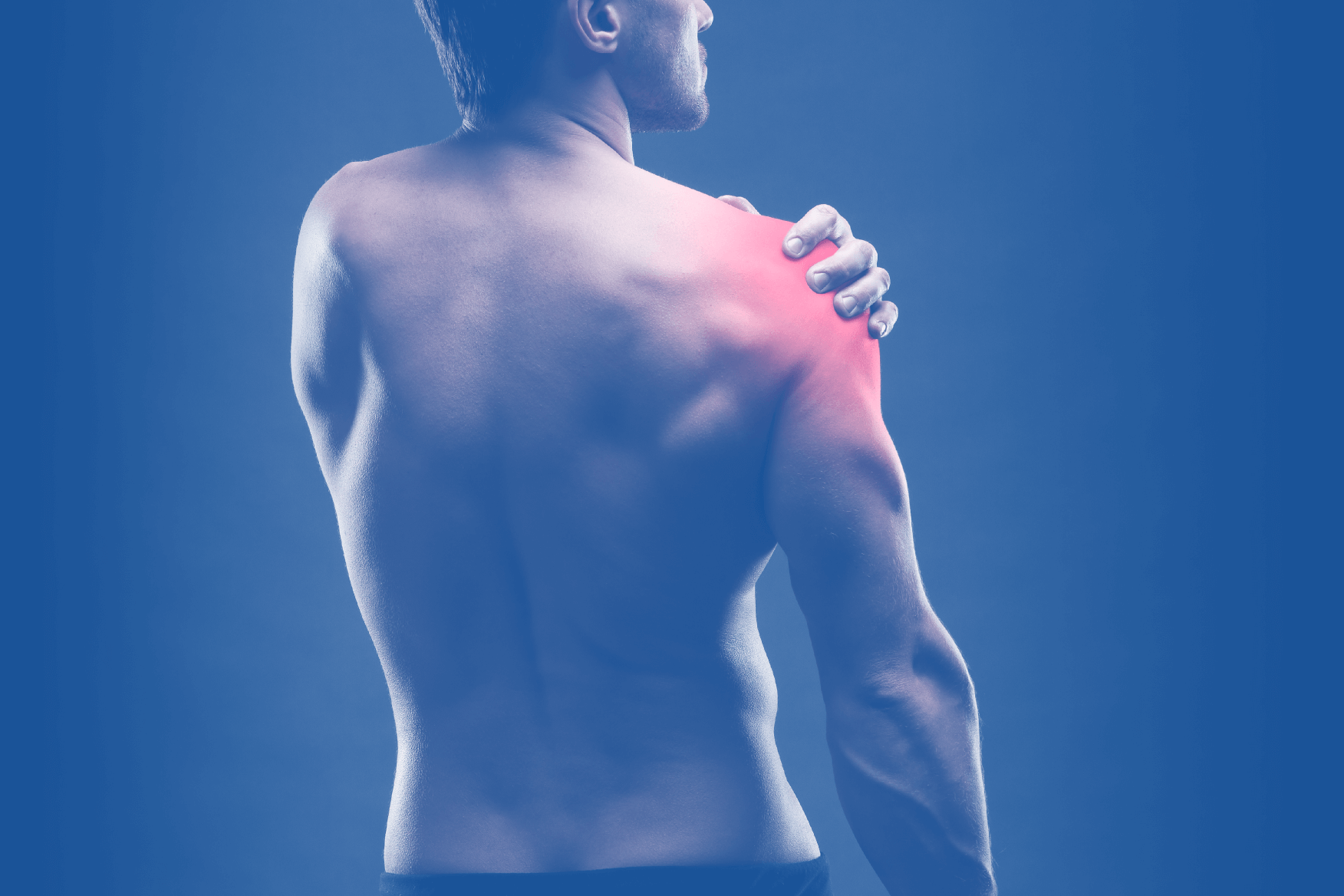Shoulder
Without the shoulder, your limbs would have no way of connecting with the rest of your body. While it may be a small part of the upper body, this area is an extremely crucial part of your system. Common but painful conditions like a torn rotator cuff show how important it is to keep your shoulder tendons and joints in check.
At Southwest Orthopedic Group, we are fully-trained and equipped to diagnose and partake in medical procedures concerning the shoulder. From dislocated shoulder to frozen shoulders, we have shoulder specialists who can help you shrug off pain and discomfort.
Conditions
Shoulder Arthritis: Any pain or discomfort in the joints that are caused by problems in the shoulder are considered a form of shoulder arthritis. The discomfort is easily managed through exercise and medication.
Shoulder Bursitis: Overusing your shoulder muscles can lead to an inflamed bursa or bursitis. Patients commonly report pain outside the shoulder that may spread towards the elbow and wrist. This can be caused by repeated trauma or impact injuries like falling.
Bicep Tendon Tear at the Shoulder: Bicep tendon tears can either be partial or complete. This is commonly caused by lifting heavy objects. When this happens, it’s also possible for you to overwork your rotator cuffs, resulting in another type of injury.
Frozen Shoulder: Also known as adhesive capsulitis, this condition is characterized by stiffness in the shoulders. Patients recovering from another procedure and have minimal mobility may develop frozen shoulder. This is easily treated through physical therapy and medication.
Shoulder Impingement Syndrome: Common causes include activities that involve the lifting of the arms above the head like lifting, swimming, and even painting. Shoulder impingement syndrome can eventually lead to bursitis if left untreated. Fortunately, no surgery is required to treat this syndrome and typically heals in a few weeks.
Rotator Cuff Tear: This occurs when the tendon no longer attaches to the bone, the humerus. Most injuries are caused by sports activities that involve an overhead motion. Over time, the tears can become worse and may result in either a partial or a complete tear.
Shoulder Dislocation: The upper arm bone, the humerus, connects to a socket called the glenoid labrum. These parts can be dislocated due to trauma. Pain will only be alleviated after the shoulder has been relocated.
Shoulder Labrum Tear and Bankart: The bankart tear is a specific type of labral tear wherein the patient suffers a bankart lesion, usually following a dislocation. Minor surgeries are performed to make sure the labrum heals completely.
Shoulder Separation: Contrary to what most people believe, shoulder separation isn’t characterized by a direct injury to the shoulder blades. It is trauma sustained in the AC joint, or where the collarbone meets the peak of the shoulder blades. Tenderness and pain are tell-tale signs you’re suffering from shoulder separation.
SLAP Tear: Dull ache, difficulty sleeping, and limited range of motion are the common symptoms of superior labral tear from anterior to posterior. To treat this, minor surgery is performed to nurse the shoulder back to health.
Treatments
SLAP Repair: SLAP repairs should be considered by patients who have shown no further improvements following non-surgical options. A SLAP repair is the reattachment of the torn labrum to the shoulder bone through sutures.
Bankart Repair: This is an open surgery specifically designed to repair torn labrum ligaments. In this procedure, the torn labrum is reattached and tightened until it’s completely fixed back to the glenoid.
Rotator Cuff Repair: Two surgical options are available to patients with a torn rotator cuff. In an open surgery, the shoulder is detached from the deltoid to gain access to the torn tendon. In an arthroscopic surgery, smaller incisions are used and there is no need to pull apart the shoulder.
Bicep Tendon at the Shoulder Repair: Also known as bicep tenodesis, this surgical procedure is used to reattach the biceps tendon along the outer area of the shoulder joint. Healing can take anywhere from 5 to 7 months.
Shoulder Arthroscopy: Instead of detaching your shoulder joint, a small camera is inserted into the shoulder joint to make repairs. A small incision is done by the surgeon to examine or repair problematic areas in your shoulder. Patients who undergo a shoulder arthroscopy experience less pain and heal faster than those who undergo open surgeries.
Total Shoulder Replacement: Patients suffering from osteoarthritis are the leading candidates for total shoulder replacement. This procedure is used to alleviate severe shoulder pain and restore balance and motion to the shoulder.
Reverse Shoulder Replacement: In a reverse shoulder replacement, the metal area is attached to the socket instead of the humerus. The plastic component is fitted into the humerus instead of the shoulder socket. This procedure is specifically prescribed for patients with cuff tear arthropathy since it promotes an improved range of movement.
Where does it hurt?
Tell us more about your pain so we can help you get the proper treatment

